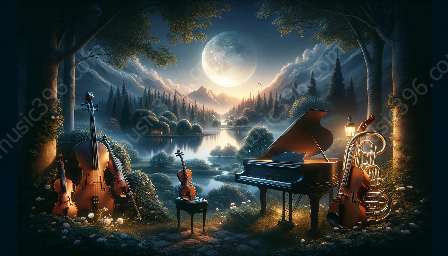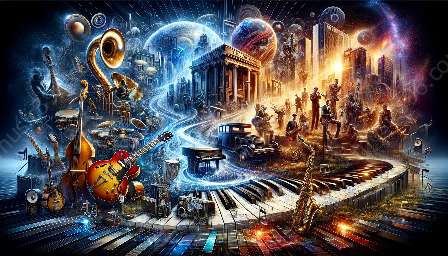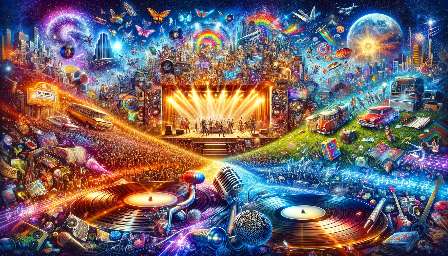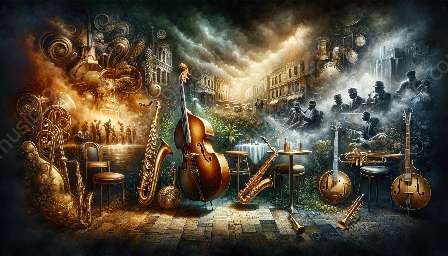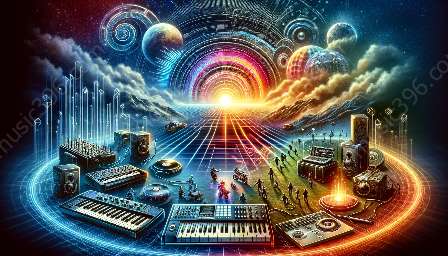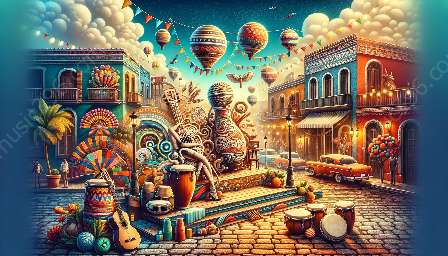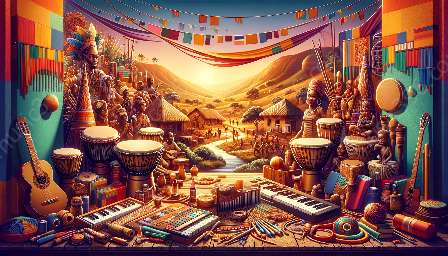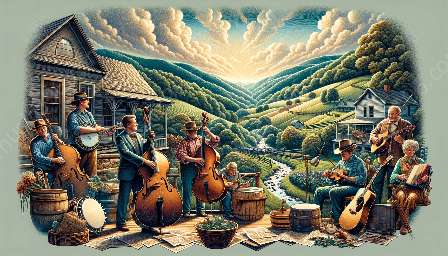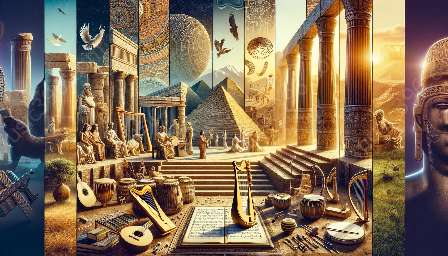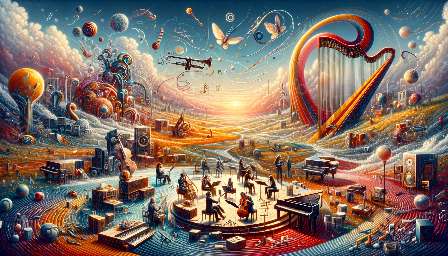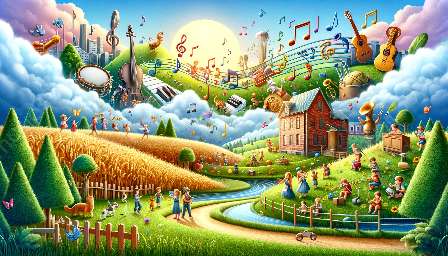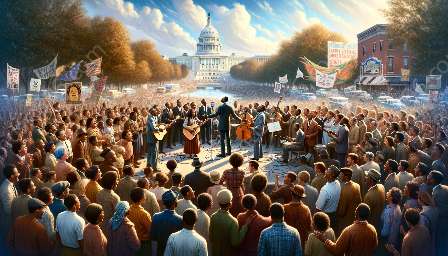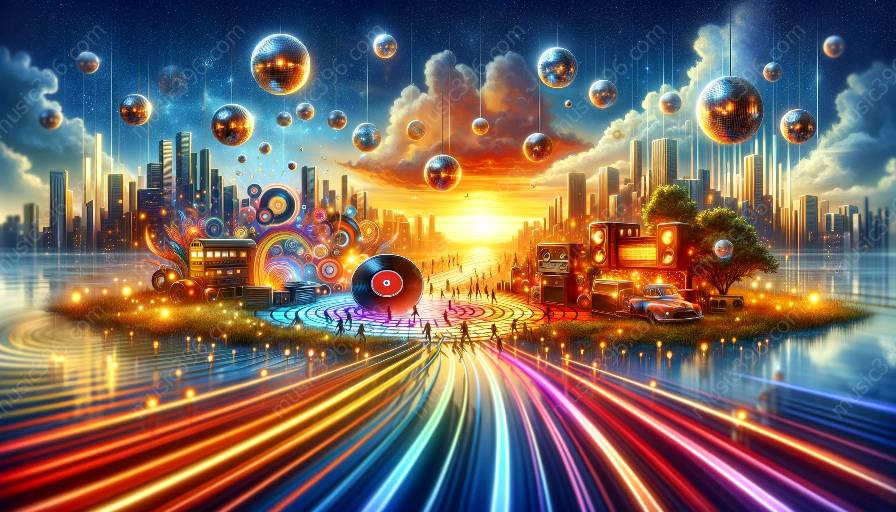Disco music emerged as a prominent genre during the 1970s, and its sound and cultural impact set it apart from other popular music genres of that era. To truly understand the differences between disco music and other genres, it's essential to delve into the history and cultural context of disco music and its contemporaries.
History of Disco Music
Disco music originated in the early 1970s, primarily stemming from urban nightlife culture in major cities like New York and Philadelphia. The genre was influenced by various musical styles, including funk, soul, and Latin music, and it quickly gained popularity in clubs and on radio stations around the world.
One of the key distinguishing features of disco music was its emphasis on danceability and rhythms. This focus on grooves and infectious beats set disco apart from other genres of the time, as it became synonymous with vibrant dance floors and extravagant nightlife experiences.
Evolution of Disco Music
As disco music continued to evolve, it incorporated elements of electronic music, synthesizers, and orchestral arrangements. This sonic innovation allowed disco to stand out as a genre that embraced cutting-edge sound technology, shaping the future of dance music production.
Moreover, disco music became closely associated with the LGBTQ+ community and provided a platform for empowerment and self-expression. The inclusive and celebratory nature of disco culture set it apart from many other music genres, as it promoted acceptance and unity during a pivotal period in history.
Key Differences from Other Music Genres
When comparing disco music to other popular genres of the time, several distinct differences become apparent. For instance, rock music, which had significant mainstream appeal, often focused on guitar-driven melodies and anthemic lyrics, contrasting with disco’s rhythm-driven dance tracks and emphasis on orchestration and electronic instrumentation.
Similarly, funk and soul music, while sharing some sonic elements with disco, typically conveyed different thematic content in their lyrics and musical arrangements. Disco music often explored themes of nightlife, romance, and escapism, aligning with the vibrant and glamorous club culture of the 1970s, while funk and soul delved into social commentary and personal storytelling.
Moreover, disco's influence on fashion and visual aesthetics set it apart from other genres, as the disco era was characterized by flamboyant attire, glittering disco balls, and opulent nightclub settings. This immersive sensory experience distinguished disco from many of its contemporaneous music styles.
Legacy and Impact
Despite facing backlash and eventual decline in the late 1970s, disco music left an indelible mark on the history of music. Its influence can be observed in various genres that followed, including dance-pop, electronic dance music, and even certain elements of hip-hop and R&B.
The cultural impact of disco also continues to resonate, as its celebration of inclusivity and diversity laid the groundwork for subsequent movements in popular music and societal acceptance. Even today, elements of disco music and culture can be found in contemporary music, fashion, and nightlife, testament to its enduring legacy.





